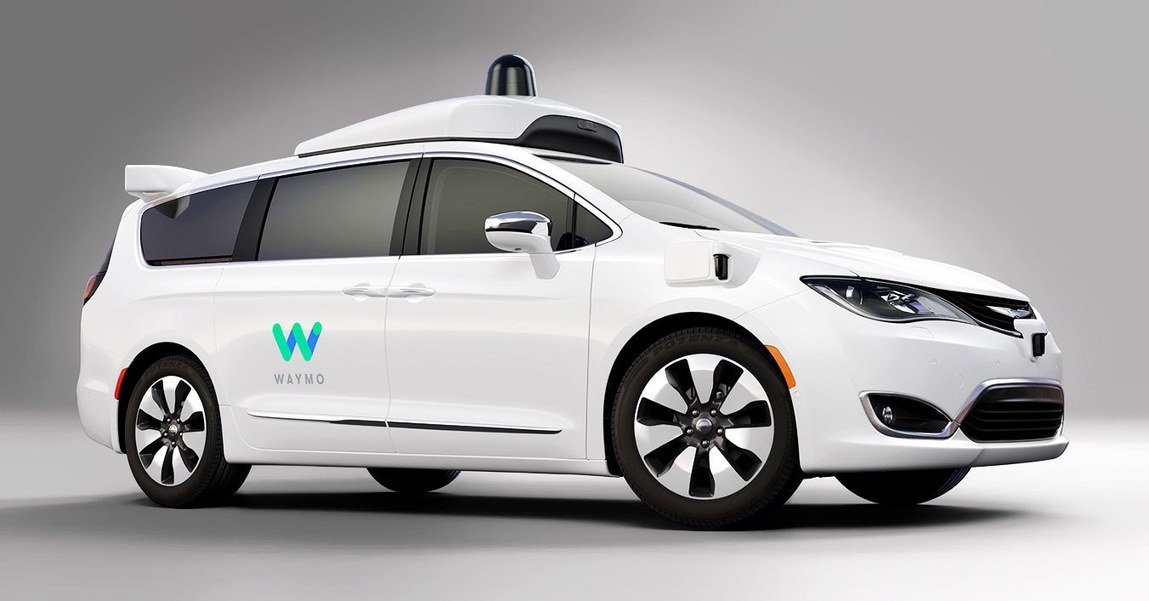It’s 2018, and Waymo is doing it live. Two months after the Alphabet self-driving car spinoff announced it would start running a truly driver-free service in Phoenix this year (as in, cars romping about with no one at the wheel), the company now unveils how it will do it: with the help of thousands more Chrysler Pacifica hybrids. The vehicles, built by Fiat Chrysler in Canada, will eventually make their way to the cities where Waymo is currently testing driverless tech. Waymo already uses 600 of the minivans to test its driverless software.
The details are a bit sketchy. Ask “how many thousands,” and you’re told, ¯\(ツ)/¯. So we could be talking 2,000 new self-driving minivans, or 50,000. Of course, those won’t come all at once—this is one of those “rolling delivery” setups, with no public timeframe. “It’s really dependent on Waymo’s needs for the fleet,” says FCA spokesperson Dianna Gutierrez.
Today’s news does prove two real things. One: Waymo is not waiting for the federal government to approve new vehicle exemptions that would let it deploy vehicles without steering wheels or pedals, like the ones General Motors plans to launch next year. Nine years after launching this whole industry as Google’s self-driving car project, Waymo, now a standalone company under the Alphabet umbrella, is itching to get going. “Because our technology is ready today and we’re ready to scale today, our approach is to use a vehicle that’s on the market,” says Waymo spokesperson Johnny Luu.
Thanks to that head start and more than 4 million miles of testing on public roads, Waymo appears to be winning the race to develop driverless tech. And while the business model for making money off these robots is still opaque—will it sell its software to carmakers, or maybe manage its own nationwide fleet of self-driving taxis?—it’s moving full speed ahead.
Sourced through Scoop.it from: www.wired.com



Leave A Comment